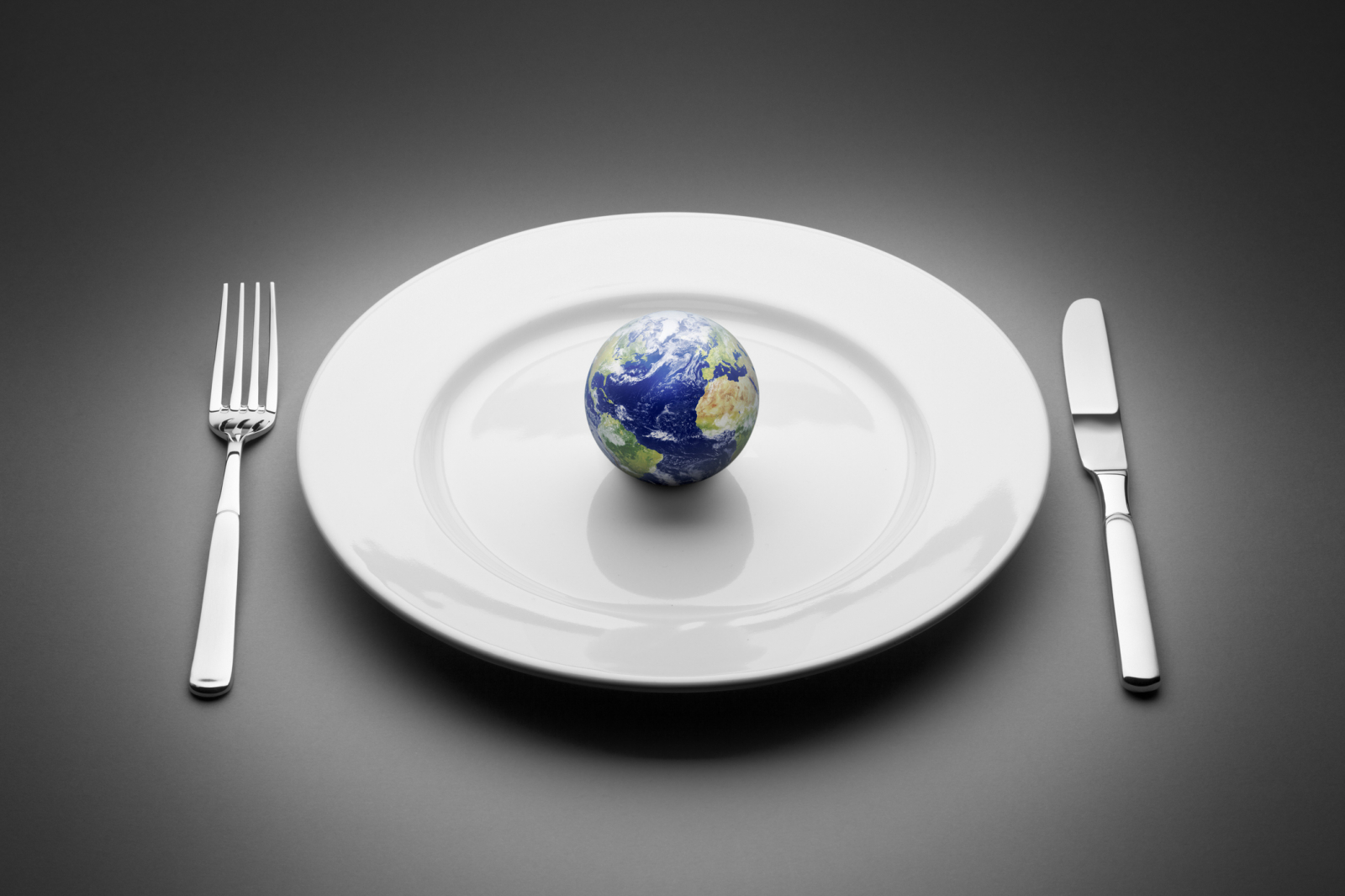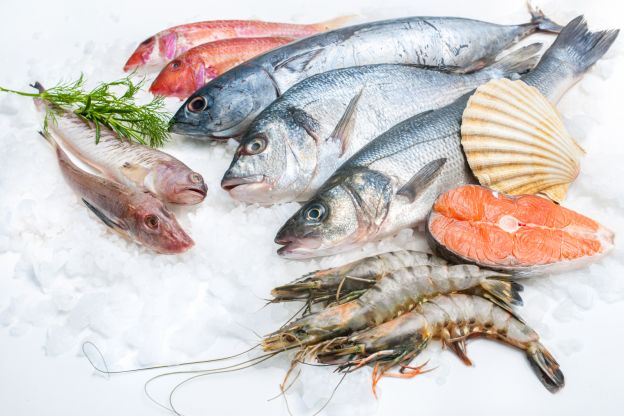© Getty Images
This in-demand seafood has one of the highest carbon footprints...
farmed shrimp, emitting 4.8 kg of CO2 per every 40g of protein. It's actually one of the worst seafoods to consume for a couple reasons. First off, many shrimp farms are created by destroying coastal mangrove forests. This is even worse for the environment than clearing rainforests to make pastures for cattle. Secondly, not all farms follow fair labor policies, and there are widespread instances of forced labor, child labor and desolate working conditions, among other grim reports. Thirdly, overuse of antibiotics is a common practice in countries outside the US, which heavily pollutes the surrounding environment. Wild shrimp, on the other hand, are more of a rarity, cost more expensive and still provoke high carbon emissions due to the fuel consumed by fishing boats.
What can you do? Try to limit or eliminate your consumption of shrimp, opting instead for mollusks like oysters, scallops and mussels, which have a low carbon impact. Check for endorsements of environmental sustainability on the packages: Global Aquaculture Alliance's (G.A.A.) Best Aquaculture Practices (B.A.P.) in the US and the Aquaculture Stewardship Council (A.S.C.) in Europe.













 Past Contests
Past Contests
 RECALL: 57 Tons of Frozen Food...
RECALL: 57 Tons of Frozen Food...
 International Team
International Team